Cool replenishment: explain the filling and replacement of automobile coolant in detail.
With the popularity and use of family cars, more and more car owners have begun to pay more attention to car maintenance. One of the common problems is the addition and replacement of engine coolant. When the engine coolant is reduced, should it be replaced or added directly? Below, from the role of engine coolant, the reasons for reduction and disposal methods to talk about personal views.
First, the role of engine coolant
Automobile engine coolantThe full name should be called automobile engine antifreeze coolant, which is a kind of coolant with special additives and is mainly used in liquid-cooled engine cooling system. Engine coolant has the functions of antifreeze in winter, anti-boiling in summer,Waterproof scale throughout the year,Excellent performance such as corrosion resistance.In cold winter, the water in the engine cooling system is easy to freeze. If there is no effective engine coolant protection, the frozen water will expand, which may lead to the rupture of the cooling system, thus causing serious damage.
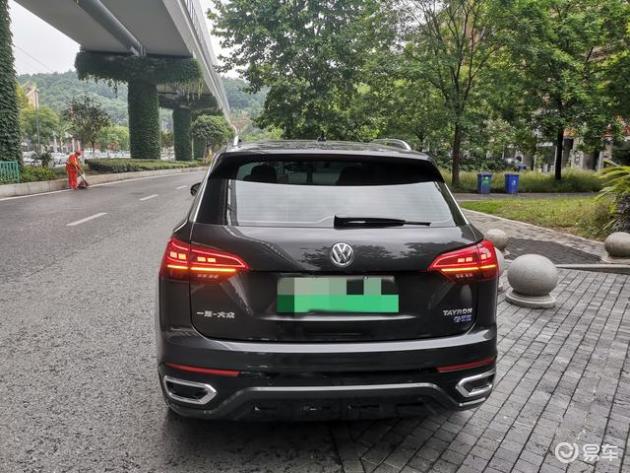
Engine coolant has the following important functions:
(1) Raise the boiling point. Engine coolant can raise the boiling point of water and prevent the car from overheating at high temperature.
(2) Corrosion resistance. Engine coolant contains corrosion inhibitor, which can protect the metal parts of cooling system from corrosion.
(3) provide lubrication. Engine coolant also has a certain lubricating effect, which helps to reduce the wear and tear of water pump and water cooling fan.
To sum up, engine coolant is very important for the normal operation of automobiles, so it is particularly important to use and manage engine coolant correctly.
Second, the reason for the decrease of engine coolant
During daily use, the amount of engine coolant may decrease. The main reasons are as follows:
(1) evaporation. The engine coolant contains water, which will evaporate with time and high temperature, resulting in the decrease of engine coolant.
(2) Leakage. There may be leakage in the cooling system, leading to the leakage of engine coolant, thus reducing the amount of engine coolant.
(3) the addition is not in place. When adding engine coolant to some models, the actual amount of engine coolant may be less due to bubbles.
Third, the determination of engine coolant reduction
(1) Judging by the coolant scale. Open the engine cover and find the engine coolant expansion tank. Usually, there is a coolant scale on the side or bottom of the engine coolant expansion tank, and there are "min" and "max" marks on the scale. By observing whether the coolant level is between these two marks, it can be judged whether the engine coolant is reduced.
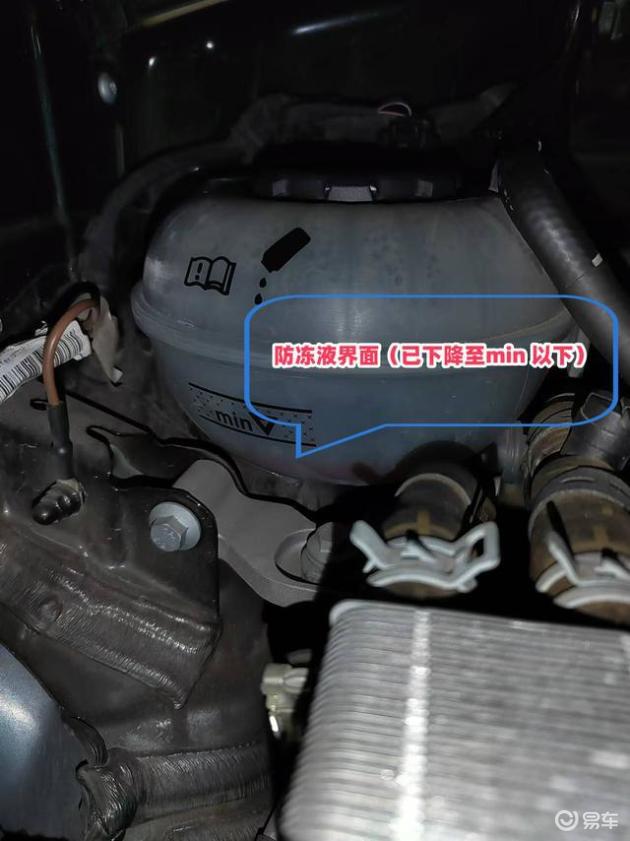
(2) The judgment that the alarm light is on. Some cars have a warning light on the dashboard for insufficient coolant. If this light is on, it means that the engine coolant may be reduced.
(3) Observe the color change and judge. Engine coolant is usually green, red or blue. If the coolant is found to be lighter or has impurities, it may be because the engine coolant is reduced.
Whether the coolant is reduced or not should be judged when the engine is cooled, otherwise the accuracy of judgment may be caused by pressure.
Four, the engine coolant less treatment methods
When it is confirmed that the amount of engine coolant is reduced, corresponding treatment methods can be taken according to the actual situation:
(a) check the leakage. Check the cooling system for leaks. You can check whether there are obvious signs of engine coolant leakage under the garage or parking space, and pay attention to check whether there is leakage near the coolant gauge. If leakage is found, find the leakage point in time and add enough engine coolant after maintenance.
(2) Replenish engine coolant. If the decrease of engine coolant is caused by evaporation or funnel effect, and no leakage is found, it can be directly. Add enough engine coolant to the proper position. When adding, attention should be paid to selecting the same type of engine coolant as the stock solution to avoid mixing different brands or types of engine coolant.
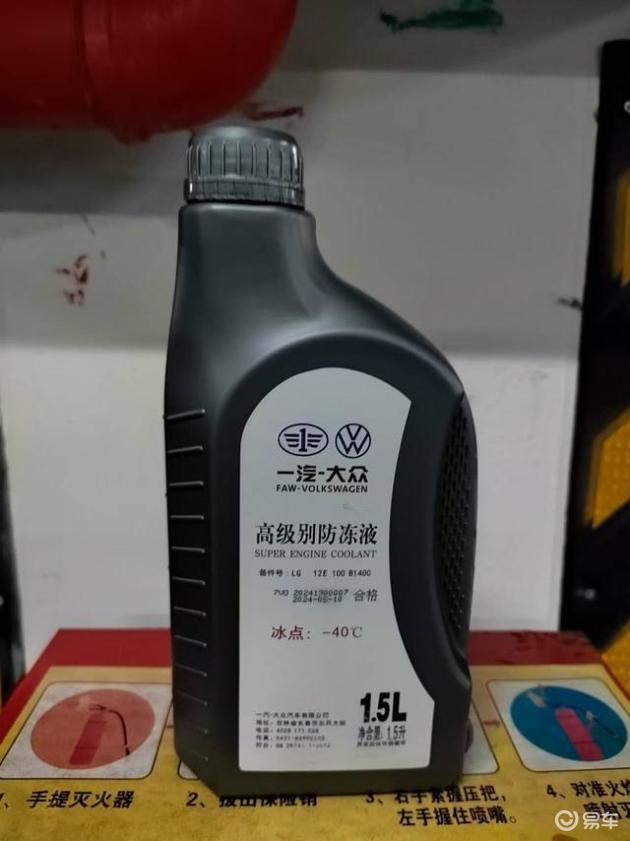
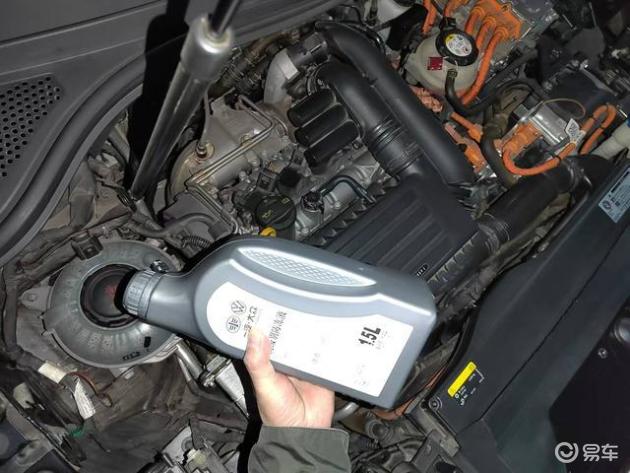
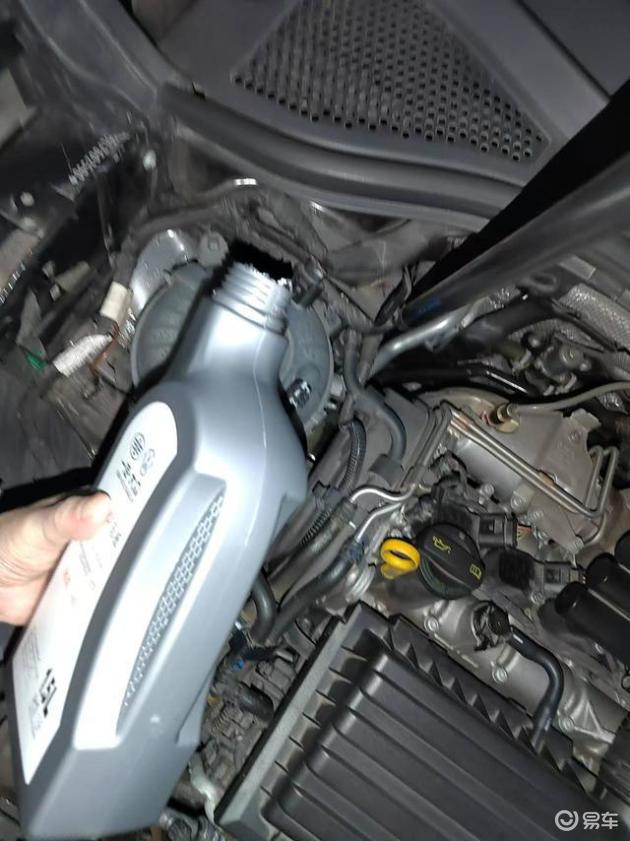
(3) Replace the engine coolant. If the engine coolant has been used for a long time (usually more than two years) or there is serious pollution, it is recommended to replace the engine coolant. It is best to replace the engine coolant by a professional automobile maintenance organization to ensure correct operation and material safety.
Five, the correct addition of engine coolant
For the case that engine coolant needs to be added, the following are some steps and precautions for adding engine coolant:
(1) Confirm that the engine is cooled. Operate with the engine cooled to avoid scalding.
(2) Open the engine cover. Locate the coolant container, usually located on one side of the engine compartment, marked with a coolant gauge.
(3) Clean up the surrounding environment. Before opening the cover of the coolant container, wipe the surrounding area with a clean cloth or paper towel to ensure that impurities are prevented from falling into the container.
(4) Open the lid slowly. Because there may be some pressure in the cooling system, when opening the cover of the coolant container, it should be rotated slowly until a hissing sound is heard, indicating that the pressure is released.
(5) Add engine coolant. Slowly pour the pre-selected engine coolant suitable for the vehicle model into the coolant container, and observe the coolant gauge to ensure that the liquid level is between the minimum and maximum marks.
(6) Close the lid. After the addition is confirmed, tighten the cover of the coolant container to ensure sealing.
(7) Clean up the spilled liquid. If overflow occurs in the process of adding, it should be cleaned up with a cloth or paper towel in time to prevent the engine coolant from corroding the paint.
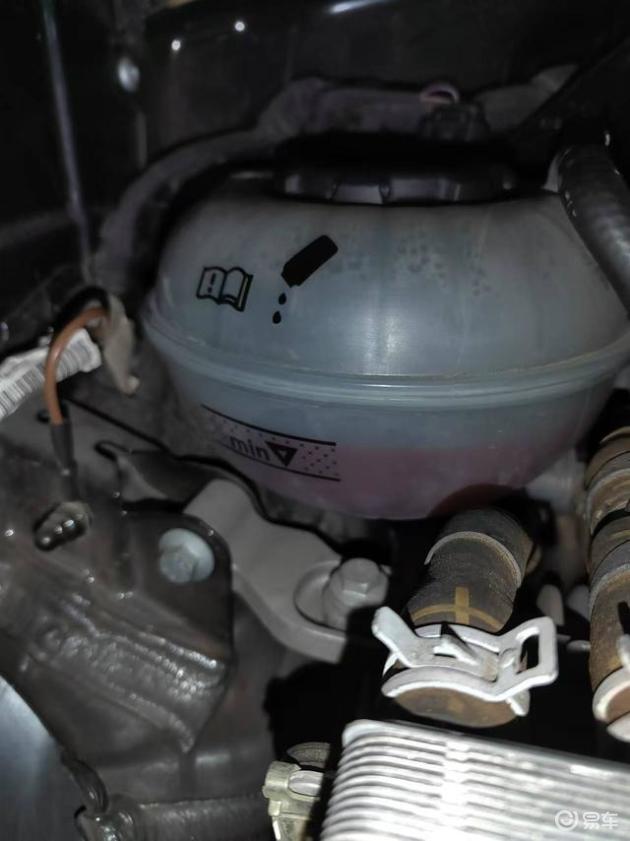
VI. Summary
Engine coolant plays an important role in the automobile, and the correct use and management of engine coolant is very important for the normal operation of the automobile. When the amount of engine coolant is found to be reduced, measures should be taken in time to deal with it, which can be solved by checking leakage, supplementing engine coolant or replacing engine coolant. When adding engine coolant, we should pay attention to the correct operation steps to avoid unnecessary troubles and losses. Regular maintenance of the automobile cooling system to ensure that the engine coolant is in good condition is an effective guarantee to maintain the safe operation of the automobile.









